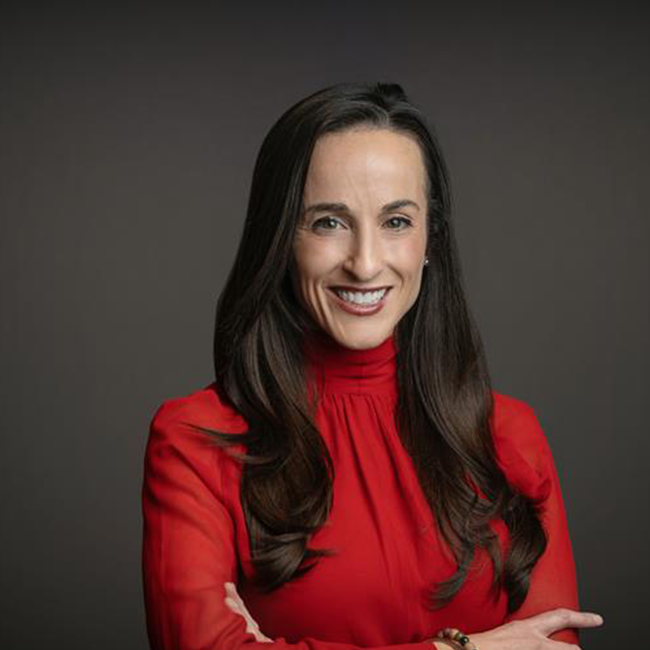
Change is hard.
As someone who lost over 100 pounds and engineered culture shifts across organizations, I have personally and professionally experienced the struggles and huge payoffs of change. Life-altering transformations and revolutionizing systems require the same intention, dedication, and skills to move a metric (or the scale!) in the right direction. Through my journey, I continue to learn, grow … and change. Here are a few takeaways.
It is harder to be intentional, to understand what is driving negative outcomes, and make a change.
Face Reality and Assess the Extent of Problem
I thought my clothes had shrunk, clothing manufacturers were cutting clothing smaller, or shrugged it off as baby weight (although my “baby” was five). I was in denial; I failed to see the problem. Organizational leaders are often so busy getting the work done that they, too, fail to see the problems sitting directly in front of them.
Across sectors, organizations struggle with employee retention. On average, organizations are forced to replace nearly half of their workforce on an annual basis. This is costly from a human and fiscal perspective. Day-to-day tasks leave little time to effectively dissect trends and understand that the reality is deeper than a lost employee or two; these losses equate to entrenched systemic issues such as work/life balance, remuneration, professional development opportunities, and organizational culture. Data indicate these factors are compounded in populations that have been historically marginalized, citing $170 billion as the cost of turnover over the past five years in the United States due to unfair treatment based on race/ethnicity, according to SHRM.
Identify Possible Solutions and Develop a Plan
Whether it is the newest diet, a surgical solution, exercise, or all three combined, people who live with obesity must research a plan that makes sense for their lifestyle and budget. Similarly, to implement organizational systems change, one must understand the organizational commitment to change and the resources allocated to re-engineer the corporate culture. By synthesizing what other organizations, across sectors, have done to fix similar problems, companies can develop a well-defined blueprint to rectify the uncovered challenges, utilizing an inclusive multidisciplinary team in the development with diverse lived and learned experiences from across the enterprise.
Obtain Feedback and Measure Progress
Compliments, looser clothing, reduction in medication dosage, ability to move with greater ease, and the number on the scale are all ways to measure progress towards a weight loss goal. Similarly, there are many ways to demonstrate success when creating systems change. Quantitative data are a good way to measure change; is there a desired change from where the process began? In addition, it is critical to go beyond counting widgets or outputs to understanding the savings, the return, or the outcome.
It is also imperative to tell the stories of change, the qualitative data. Stories put a name, a face, and a reality to the numbers that otherwise would not be present.
The combination of data elements paints a powerful picture. Be cognizant of the audience; what will make them take note? Is it the human story or the business case? Do they care about the number of people who received public benefits, the savings that were achieved by streamlining the process, or the dollars stimulated in local communities? Or do they really want to hear one compelling story of someone who couldn’t afford food until your organization intervened?
Change takes courage. It requires intention and tenacity. The pathway is rife with self-doubt, naysayers, and roadblocks, but anything worth doing is worth the effort. Even sitting in a size four (sometimes six) body, I battle every day with my weight. I struggle between the right choice that may take a bit more time to prepare and going the easy, quick route that is often less healthy. I meal prep weekly because without preparation, thought, and a strong support system, I can easily become 100 pounds overweight again.
So, too, must organizations be intentional. It is easy to do the convenient thing, to continue on with the day-to-day business of the company; it is harder to be intentional, to understand what is driving negative outcomes, and make a change. Doing the same thing and expecting a different result is the definition of insanity. If we are to make sustainable change, then it takes all of us, together. We must roll up our sleeves and get to work!

















